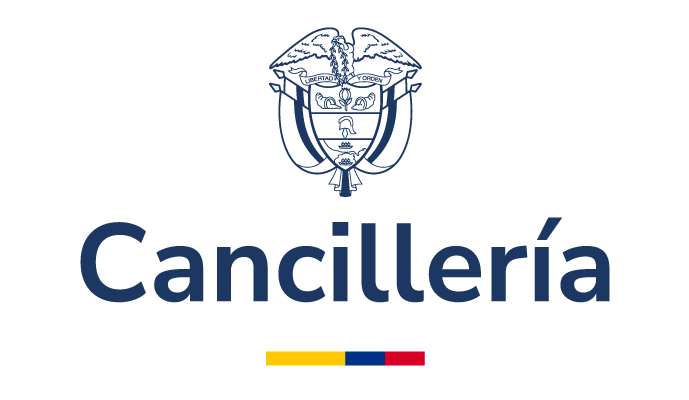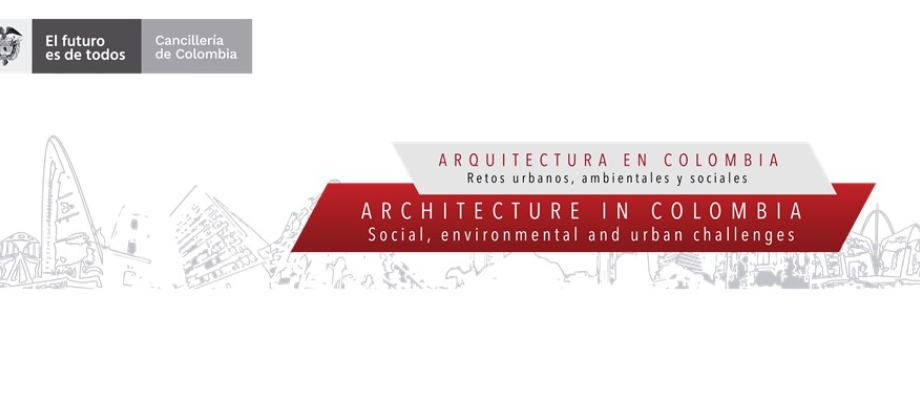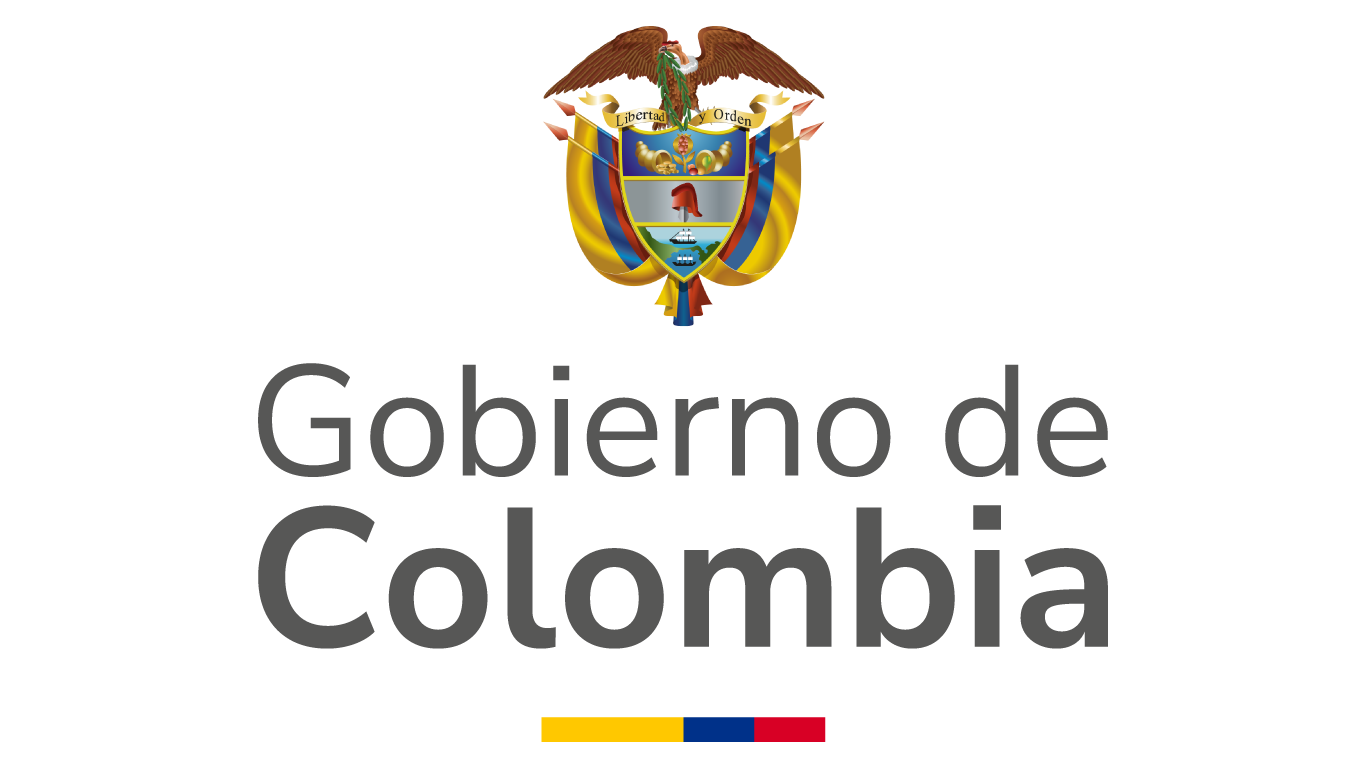Las Embajadas de Colombia en el exterior presentaron el evento: Arquitectura en Colombia - Desafíos sociales, ambientales y urbanos
Bogotá (may. 21/21). Como parte del Plan de Promoción de Colombia en el Exterior, del 26 al 30 de abril, las misiones de Colombia en el mundo realizaron la serie de conversatorios “Arquitectura en Colombia - Retos urbanos, ambientales y sociales”.
En cinco conversatorios, ocho arquitectos colombianos expusieron frente al público internacional convocado por las diferentes embajadas los retos urbanos, ecológicos y sociales a los que se han enfrentado en sus proyectos, al estar inmersos en unas condiciones climáticas, económicas y sociales particulares como las de Colombia.
Así, el primer conversatorio, a cargo de las embajadas de Colombia en Europa Occidental e Israel, tuvo como expositores a los arquitectos colombianos, Pablo Forero y Julián Restrepo de Taller Architects, y fue moderado por el arquitecto Peter Veernstra de LOLA Landscape and Architecture de Países Bajos. Los panelistas enmarcaron su charla en los retos desde la arquitectura en un modelo económico de crecimiento exponencial del que se están empezando a sentir las consecuencias, como el cambio climático y la desigualdad creciente, que afectan a la gran mayoría de países del mundo, sin importar su PIB, incluido Colombia.
En el segundo conversatorio, el invitado fue el arquitecto bogotano Daniel Bonilla quien, con su trabajo desde TAB – Taller de Arquitectura de Bogotá, se ha posicionado como uno de los referentes en el país dentro de la práctica arquitectónica con proyectos destacados de carácter educativo. La charla, que fue organizada por las embajadas de Colombia en Norteamérica y el Caribe, fue moderada por Beth Broome editora ejecutiva de Architectural Record, y se centró en el trabajo de diseño de colegios y en la relevancia de tener espacios que, más allá de ser sólo edificios, se conviertan en una parte clave del proceso de aprendizaje.
El tercer conversatorio tuvo como protagonistas a los arquitectos colombianos Lucrecia Piedrahita del Estudio de Arquitectura Lucrecia Piedrahita y Édgar Mazo fundador y socio del Laboratorio de Arquitectura y Paisaje, ambos de Medellín. El moderador fue Elkin Velásquez, quien actualmente se desempeña como Director Regional de ROLAC, ONU-Hábitat. En esta charla, que fue organizada por las embajadas de Colombia en África, Oriente Medio y Europa Oriental, la arquitecta Lucrecia Piedrahita resaltó el proyecto Barrio en altura donde por medio del análisis del entorno económico y social, logró resignificar los espacios habitables haciéndolos, a su vez, abiertos a la ciudad, posibilitando una relación más directa con el entorno. Por su parte Édgar Mazo, centró su exposición en un proyecto que le ha permitido a un sector de la ciudad de Medellín, revitalizar el entorno natural y social por medio de la construcción de un parque donde prevalecen la conexión entre las personas y la naturaleza y también desde el paisajismo estructurar estas relaciones.
Por otro lado, las embajadas en Suramérica y Centroamérica organizaron un encuentro con el arquitecto creador del Colectivo 720 de Cali, Mario Camargo, quien hizo un recorrido por el trabajo realizado en los últimos años incluyendo la sede de la Cinemateca Distrital en Bogotá, que se ha convertido en un referente de la arquitectura para la cultura en Colombia. En este conversatorio, el Arquitecto y Urbanista Shundi Iwamizu profundizó, a través de sus preguntas y las del público asistente, en el recorrido del arquitecto Camargo en el que ha desarrollado, coordinado, construido y direccionado proyectos en el ámbito del diseño urbano, arquitectónico y del paisaje y quien en sus diferentes proyectos y diseños ha procurado mantener una relación continua con el paisaje.
Finalmente, en el quinto conversatorio organizado por las embajadas de Colombia en Asia y Oceanía, el arquitecto Sebastián Monsalve de Cauce Arquitectura del paisaje, hizo un recorrido sobre los retos en la gestión y diseño del proyecto Parques del Río, que logró articular aspectos económicos, culturales, sociales, y ambientales de Medellín en uno de los proyectos más ambiciosos de los últimos años en la ciudad.
Los conversatorios sumaron 955 espectadores virtuales provenientes de todas partes del mundo. Si se perdió los eventos, los puede revivir aquí: https://evius.co/landing/605e574a0e89e7331f0f1a06
El Plan de Promoción de Colombia en el Exterior es una herramienta de diplomacia cultural del Ministerio de Relaciones Exteriores de Colombia, cuyo propósito es apoyar el logro de los objetivos de política exterior del Estado colombiano.
The Embassies of Colombia abroad presented the event: Architecture in Colombia- Social, environmental, and urban challenges
As part of the Plan to Promote Colombia Abroad, from the 26th to 30th of April, Colombian Embassies held the series of talks “Architecture in Colombia - Urban, Environmental and Social Challenges”.
Trough five lectures, eight architects presented the urban, environmental and social challenges they have faced in their projects, being immersed in particular climatic, economic and social conditions, to the international audience convened by the different embassies.
The first panel of discussion, organized by the Colombian embassies in Western Europe and Israel, featured Colombian architects Pablo Forero and Julián Restrepo for Taller Architects, and was moderated by architect Peter Veernstra of LOLA Landscape and Architecture of the Netherlands. The panelists framed their talk on the challenges for architecture in an economic model of exponential growth, whose consequences are beginning to be felt (climate change and growing inequality), affecting most countries in the world regardless of their GDP, including Colombia.
In the second talk, the guest speaker was the architect Daniel Bonilla who, with his work at TAB - Taller de Arquitectura de Bogotá, has positioned himself as one of the country's leaders in architectural practice with outstanding projects of an educational nature. The lecture, which was organized by the Colombian embassies in North America and the Caribbean, was moderated by Beth Broome, executive editor of Architectural Record, and focused on the work design for schools and the relevance of having spaces that become a key part of the learning process.
The third panel featured Colombian architects Lucrecia Piedrahita of Estudio de Arquitectura Lucrecia Piedrahita and Édgar Mazo, founder and partner of Laboratorio de Arquitectura y Paisaje, both from Medellín. The moderator was Elkin Velásquez, who currently serves as Regional Director of ROLAC, UN-Habitat. In this talk, organized by the Colombian embassies in Africa, the Middle East and Eastern Europe, the architect Lucrecia Piedrahita highlighted the Barrio en altura project where, through the analysis of the economic and social environment, she managed to resignify the living spaces, making them in turn open to the city, enabling a more direct relationship with the environment. In addition, Édgar Mazo focused his presentation on a project that has allowed a sector of the city of Medellín to revitalize the natural and social environment through the construction of a park where the connection between people and nature prevails, and also through landscaping to structure these relationships.
On the other hand, the embassies in South and Central America organized a talk with the architect and creator of Colectivo 720 in Cali, Mario Camargo, who gave an overview of the work done in recent years, including the Cinemateca Distrital in Bogotá, which has become an architectural reference for culture in Colombia. In this discussion, moderated by architect and urban planner Shundi Iwamizu, who, through his questions and those of the audience, delved into the journey of architect Camargo in which he has developed, coordinated, built and directed projects in the field of urban, architectural and landscape design, and who in his various projects and designs has sought to maintain a continuous relationship with the landscape.
Lastly, in the fifth discussion organized by the Colombian embassies in Asia and Oceania, architect Sebastián Monsalve of Cauce Arquitectura del paisaje, spoke about the challenges in the management and design of the Parques del Río project, which managed to articulate economic, cultural, social, and environmental aspects of Medellín in one of the most ambitious projects of recent years in the city.
The lectures were attended by 955 virtual spectators from all over the world. If you missed them, you could still watch the events in the following link: https://evius.co/landing/605e574a0e89e7331f0f1a06 .
The Plan to Promote Colombia Abroad is the cultural diplomacy strategy of the Ministry of Foreign Affairs of Colombia, whose purpose is to support the achievement of the Colombian State's foreign policy objectives.




